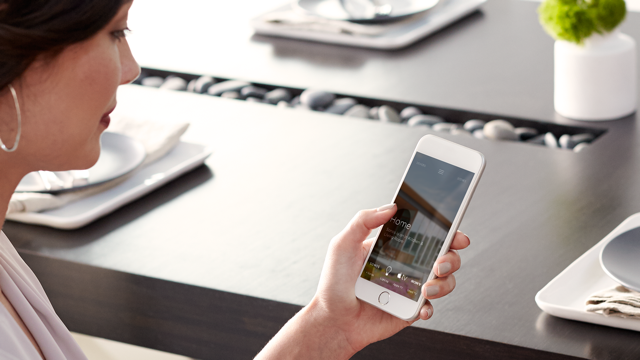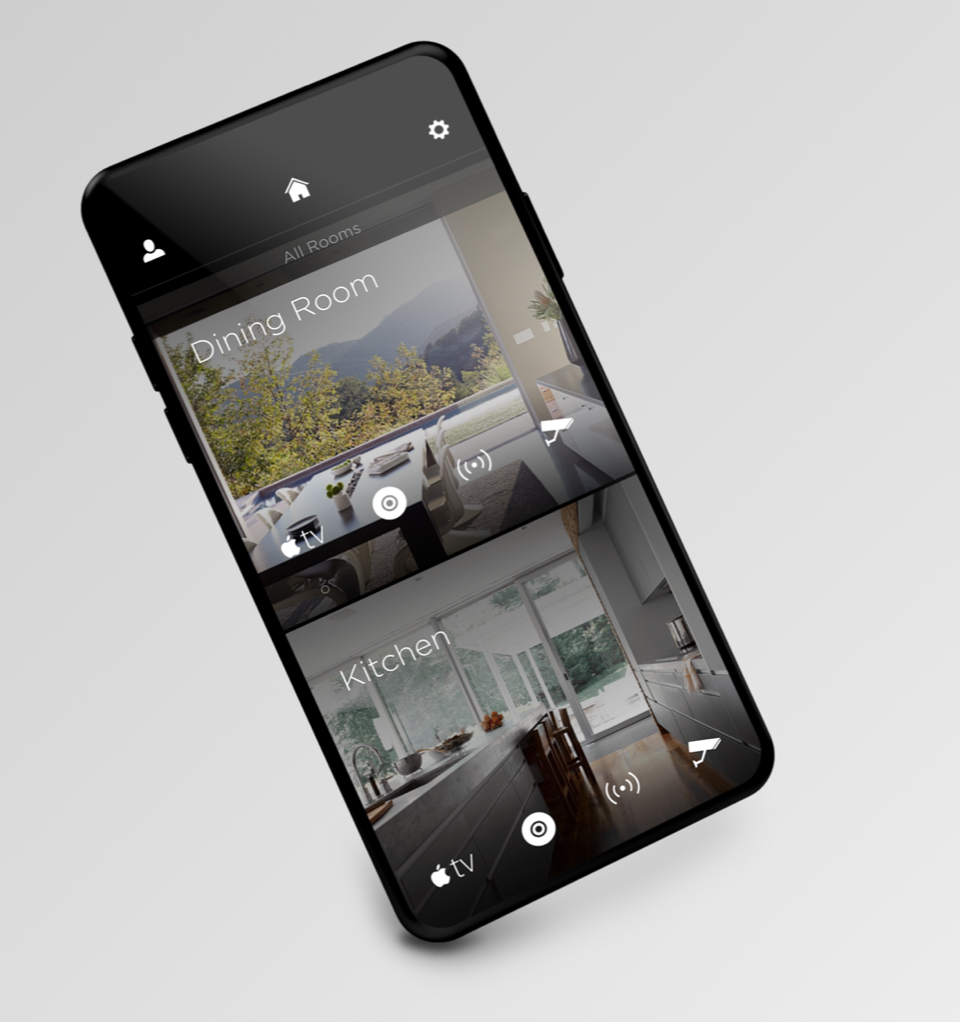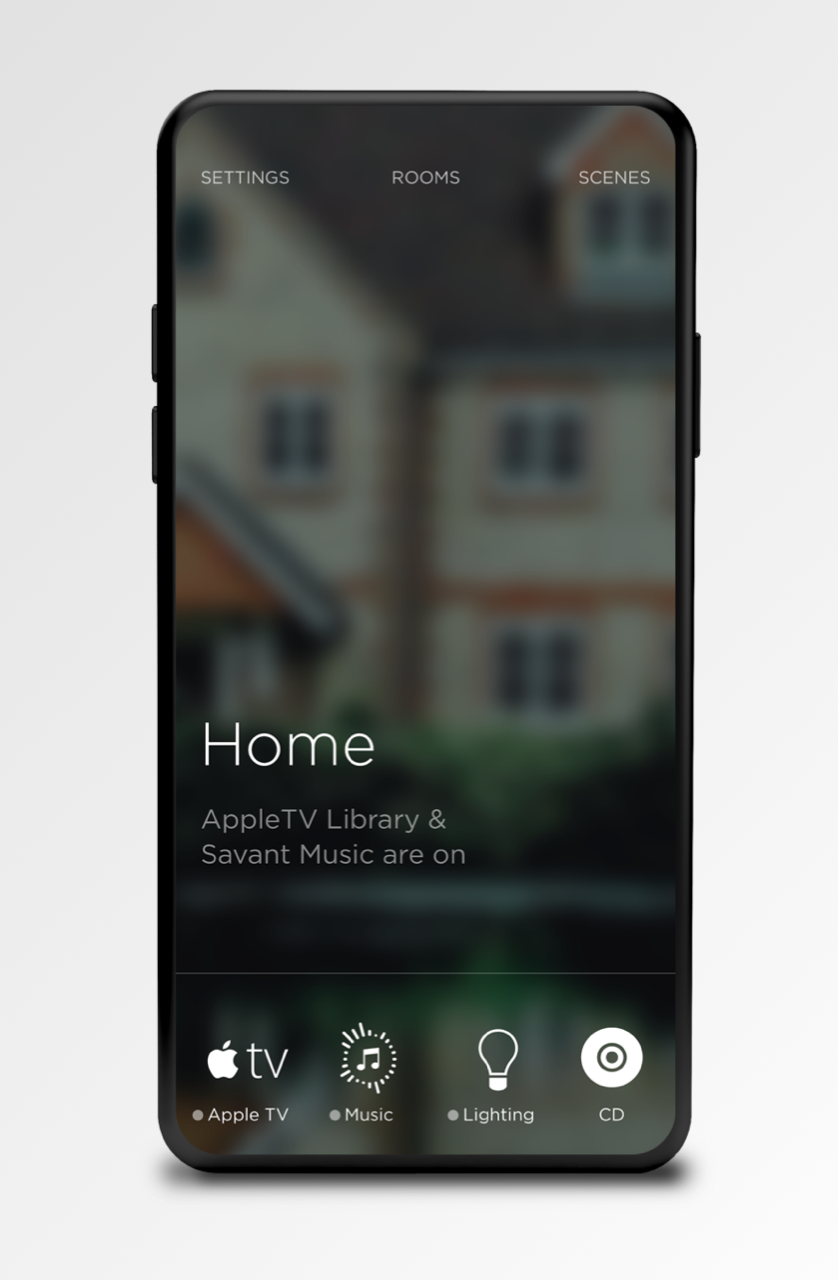What to look out for when building your smart home?

When you want to (re)build a modern, high-end villa, you really can’t avoid setting it up as a “smart home.” But, what exactly is a smart home? What can you incorporate into this? And what should you pay attention to? This is what the blog post below from home automation specialist PUUR audio, video & home automation is about.
The time-honored realtor adage “location, location, location” has a parallel when it comes to home automation: “start on time, start on time, start on time.” In order to install an optimal home automation system that visibly and, more importantly, invisibly improves your living enjoyment, it is of the utmost importance to contact a specialist in this field as early as possible in the construction process. In fact, the construction of such a system has quite an impact on (especially) the electrical installation, and proper planning in this area is indispensable. The better the smart home is thought out and put on paper beforehand, the better the end result will be as well.
By home automation or a “smart home,” we mean making all electrical equipment in your home automated and easily operable. The best-known example, of course, is lighting that you can control through an app, but there are many more components that can be combined. Consider curtains, climate control, music throughout the home, other audiovisual equipment (TVs, home theater, media players, etcetera), alarms, cameras, intercom, electronic locks, and so on. Moreover, to truly speak of a “smart home,” it is important that these systems “know” of each other’s existence. For example, consider a “vacation mode” button, which not only turns the lights and curtains on and off or up and down semi-randomly after sunset, respectively, but also lowers the temperature and activates the alarm. Or the curtain that does not close just when the alarm reports that the window is open. Or the movie pausing in your home theater when the bell is pressed at the intercom. The possibilities are many.
To incorporate all these elements into a complete system, design, planning and guidance throughout the construction process are indispensable. This ranges from pulling special bus cable to all light switches to designing and installing a high-quality network solution (wireless and wired), and from installing speakers to building a server rack that can accommodate all the necessary electronics.
So while the “under the skin” hardware is paramount to making your home function the way you want it to, in the end (to some extent) you won’t care much. Of particular importance to you is whether the final system does what it is supposed to do, and above all, is easy to operate, not only by you, but also by other family members, as well as occasional visitors. There are great differences in the user interfaces of the major home automation brands, greater than the possibilities for integration of the various components mentioned above. And since the interface is ultimately the only part you see every day, this is the part you can best base your decision on. In that light, perhaps the motto from the first paragraph might best be changed to “start on time, start on time, user interface.”
Precisely because there is such a wide variety of options, it is important to get proper advice. Every smart home is ultimately a custom design, incorporating exactly the components you want. And if all goes well, the design not only takes into account your current needs, but also allows for expansions and new techniques. This ensures you have a home that will provide you with optimal living enjoyment not only now, but for many years to come.
Author Daan Vreeswijk
See all of PUUR avd’s projects here







